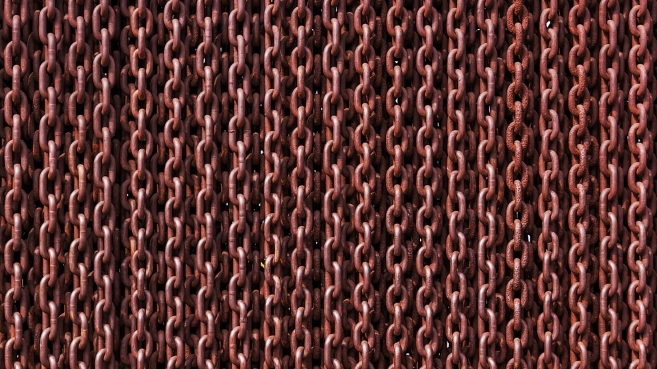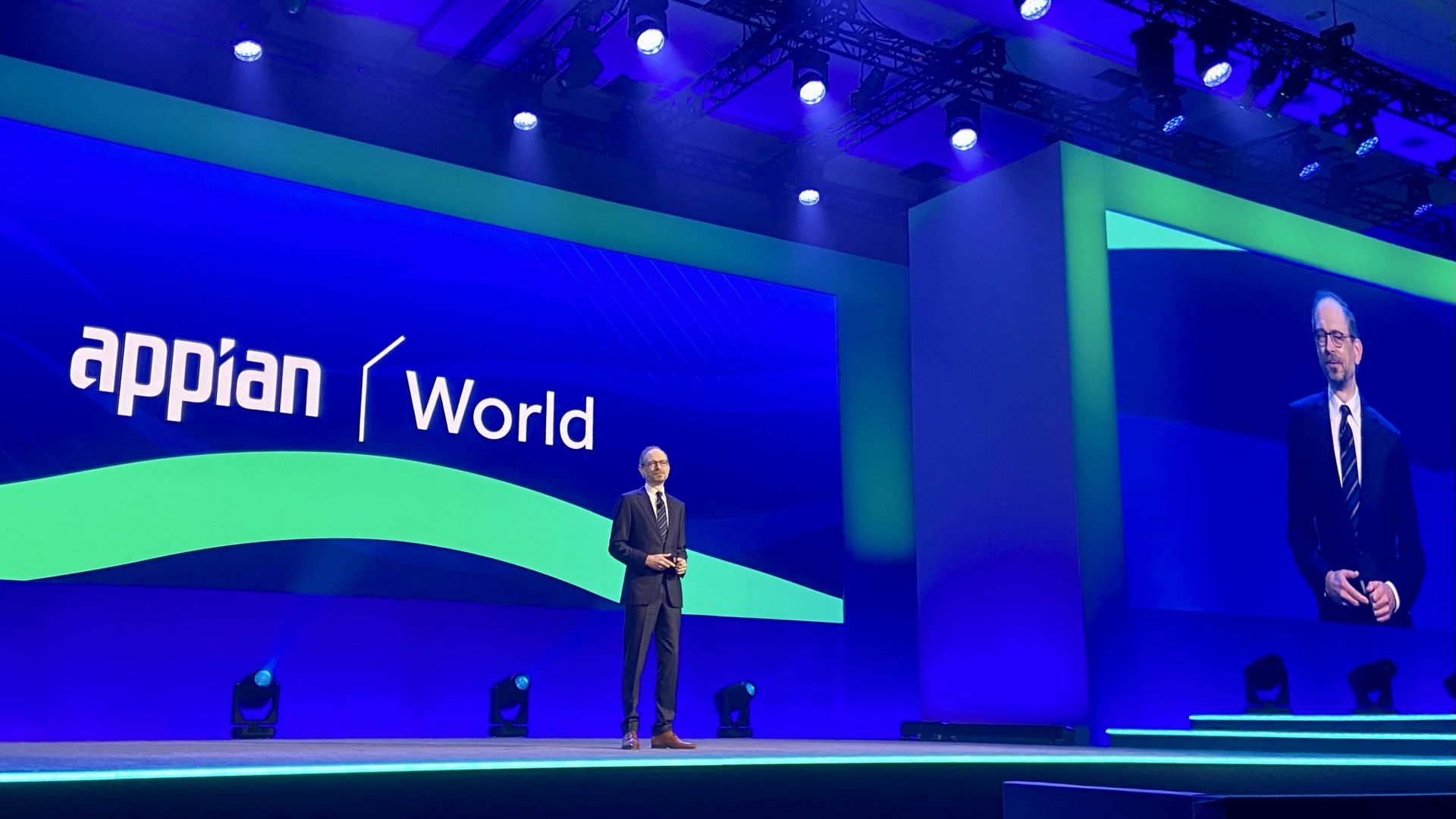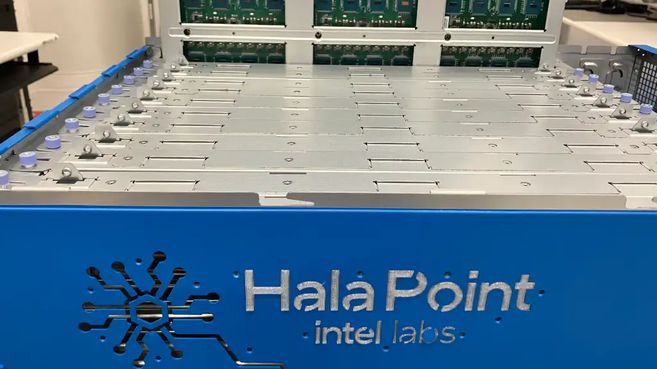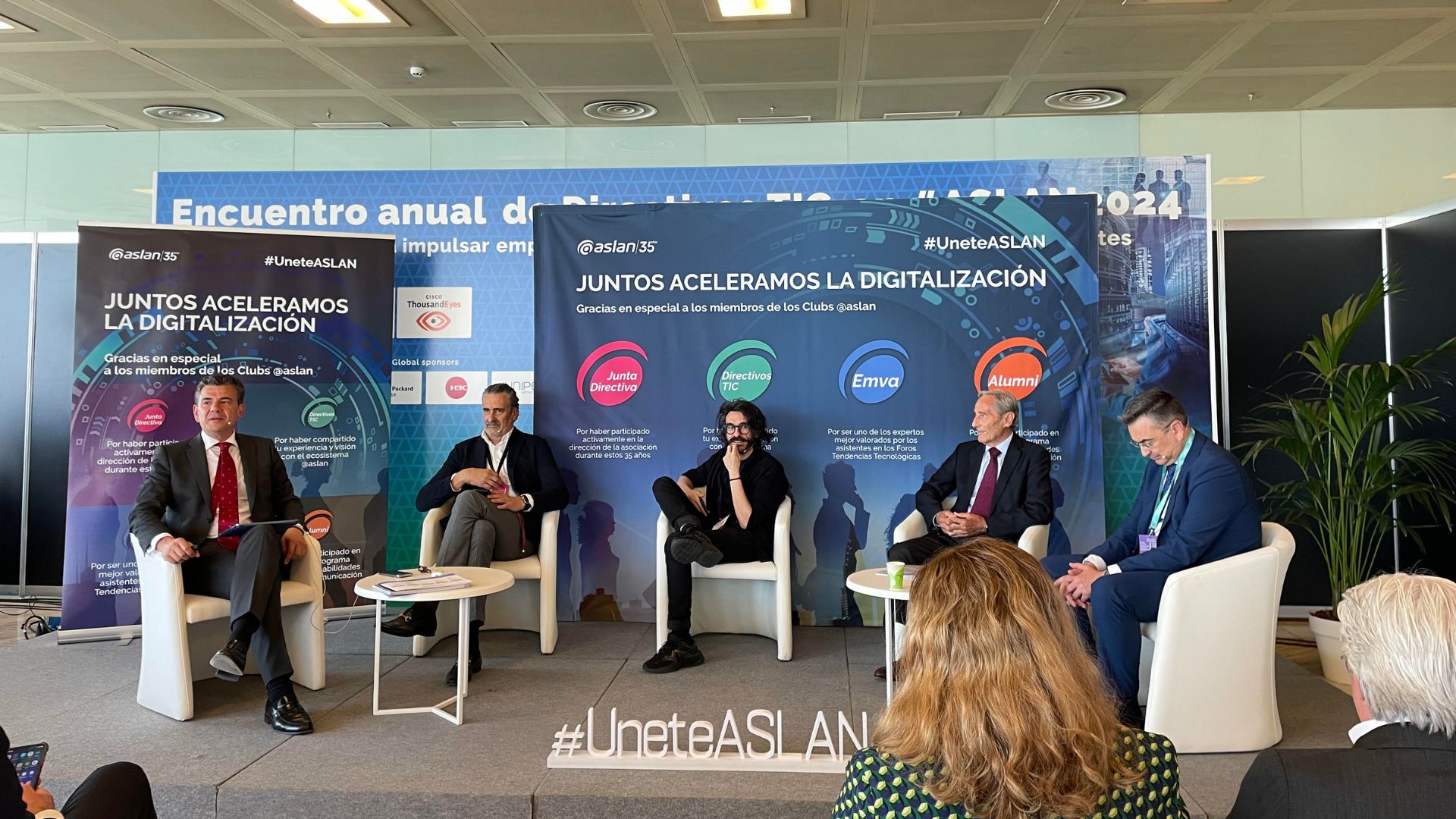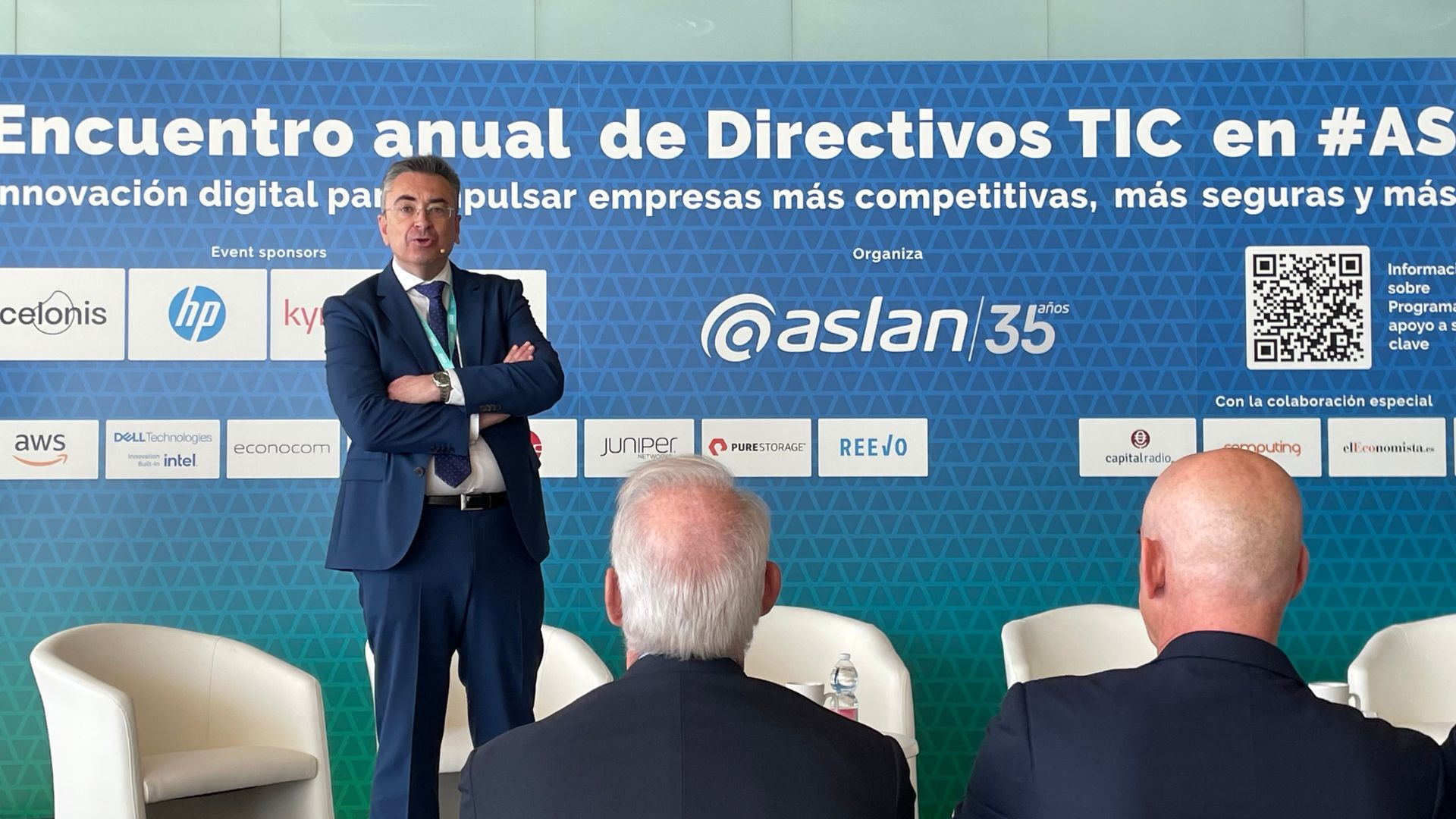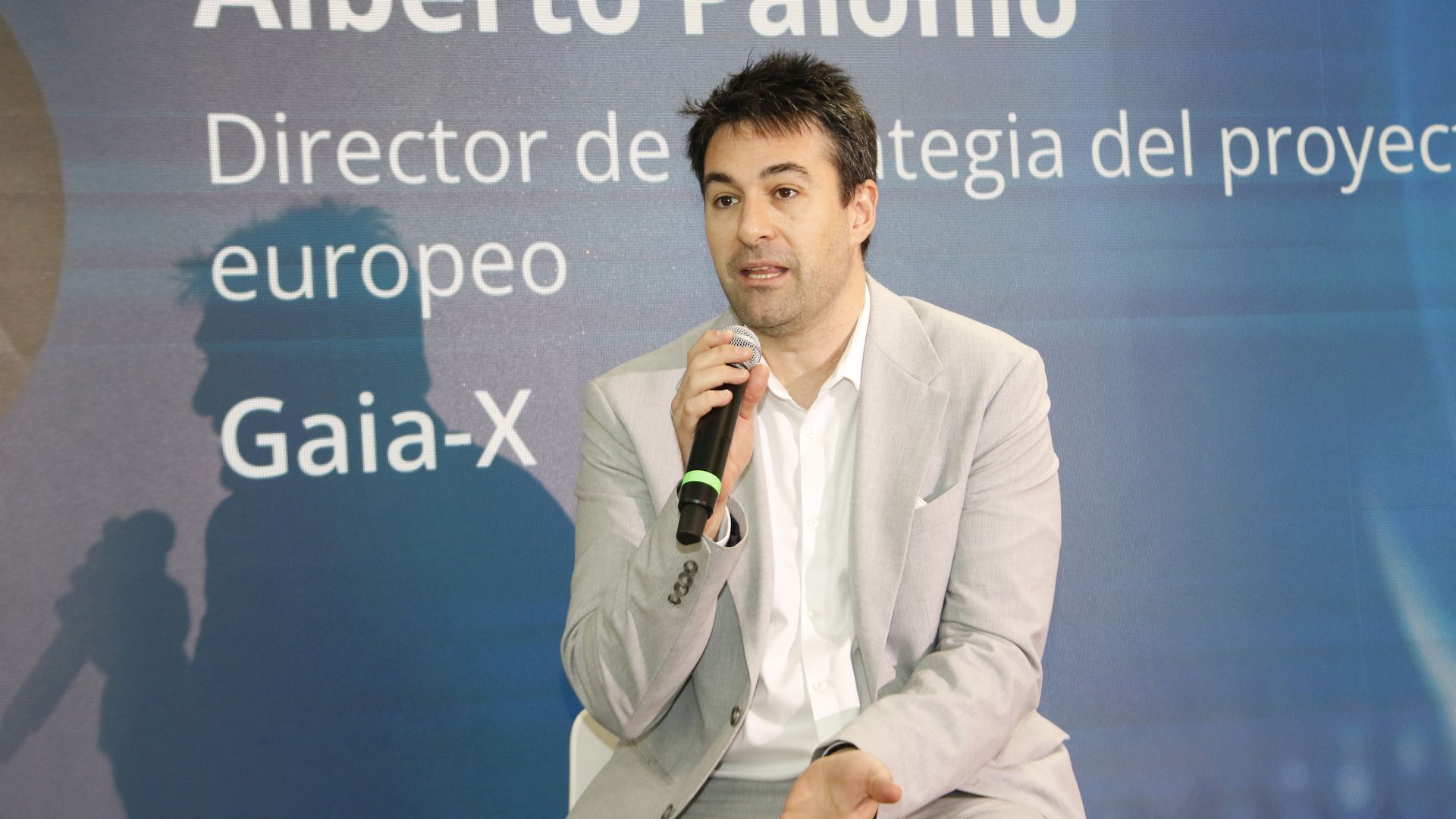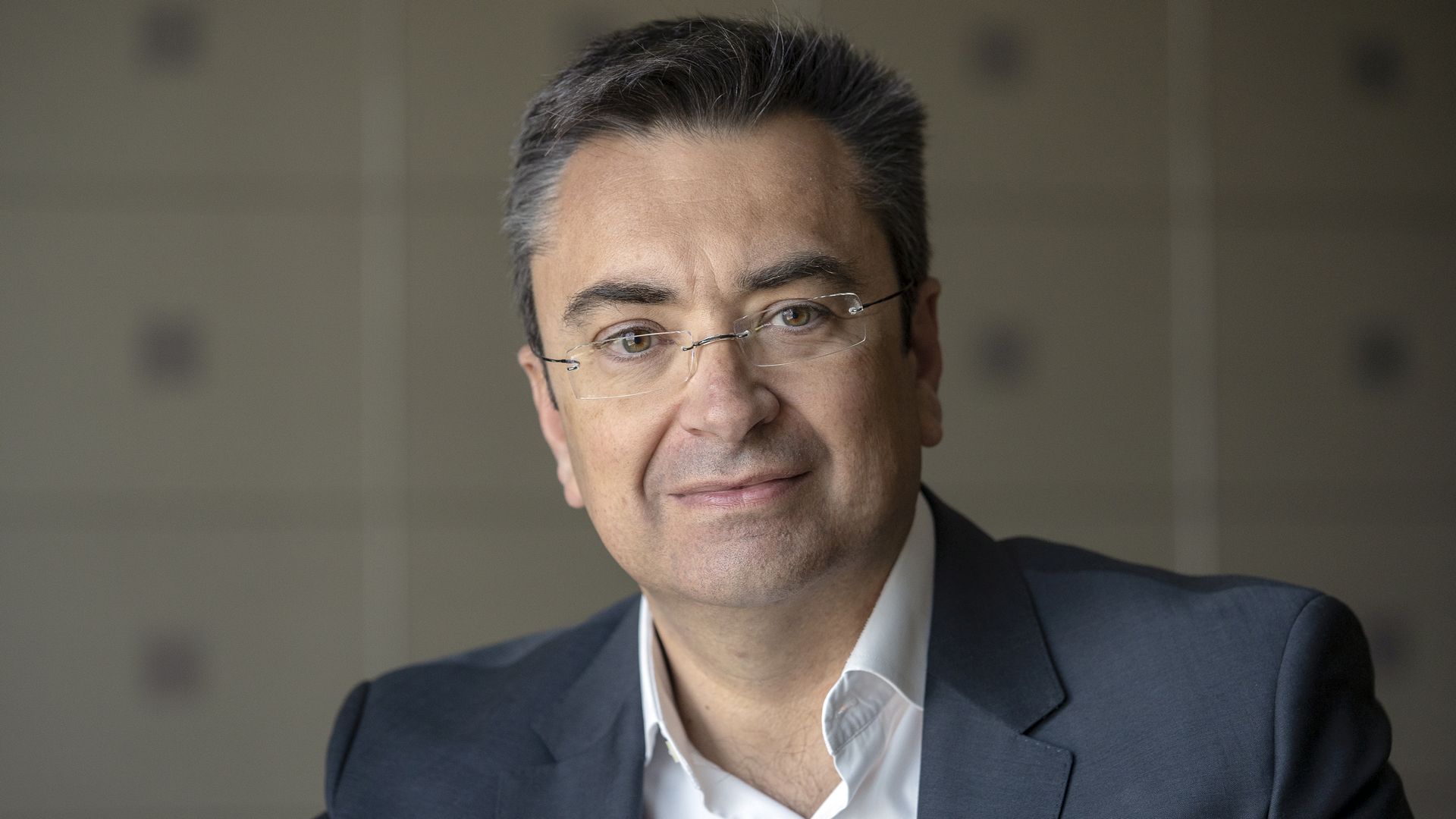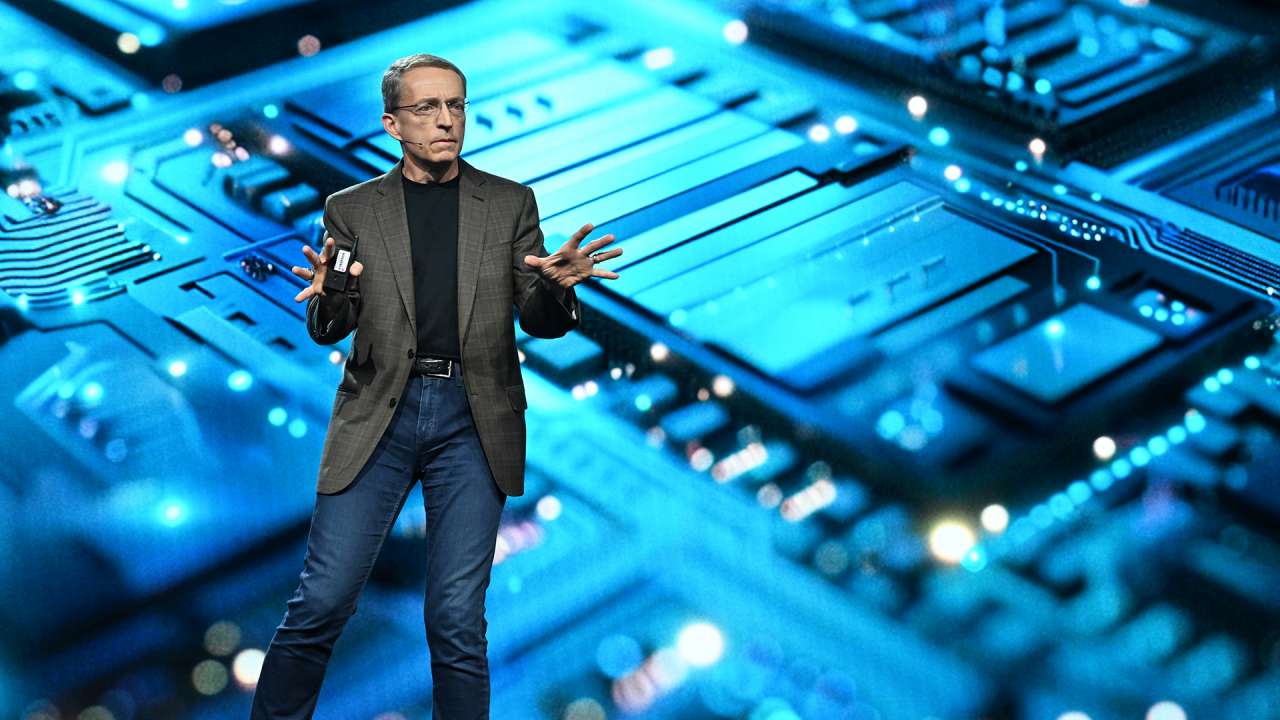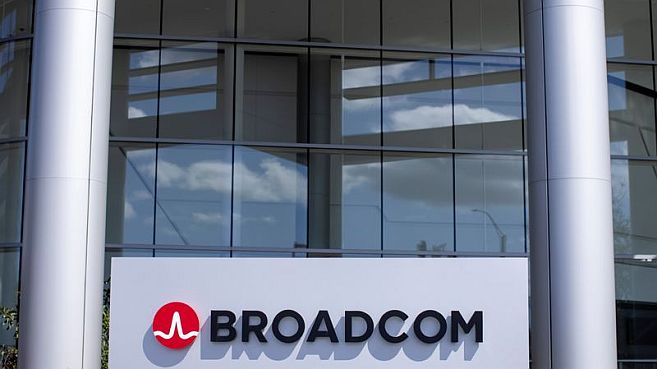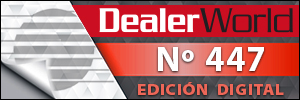10G Ethernet set to star at N+I
Network World, 05/06/02. LAS VEGAS - While the road to developing the 10 Gigabit Ethernet standard has been difficult, proponents hope the largest 10G Ethernet test network, which will be on display at NetWorld+Interop 2002 Las Vegas this week, will go a long way toward dispelling any fractious issues.
The 10 Gigabit Ethernet Alliance (10GEA) will sponsor the network, which will consist of 19 nodes from 23 different switch, test equipment and other product vendors. It will be an end-to-end 10G Ethernet network, spanning over 105 miles of fiber.
Vendors of 10G Ethernet switches that will have products in the demonstration include Cisco, Enterasys Networks, Extreme Networks, Foundry Networks, Nortel and Force10 Networks. Also on hand will be a prototype 10G Ethernet network interface card (NIC) from Intel, running in a Hewlett-Packard 9000 Unix server. Four of the seven versions of the 10G Ethernet Physical Media Dependent connections also will be included in the demo. "Any doubts as to whether 10 Gigabit Ethernet products are [ready], or if products from different vendors can interoperate, should be dispelled by this demo," says Mark Fishburn, chair of the 10GEA.
While 10G Ethernet proponents are confident about the readiness of the technology, the fact remains that the Institute of Electrical and Electronics Engineers (IEEE) has yet to ratify 10G Ethernet as a complete standard. While the original road map for 10G had standard ratification slated for March, the final vote was put off until June because of issues concerning the readiness of optical components for testing, and the lack of consent among IEEE members on how components and systems should be tested. While standard crafters say the 802.3ae draft is final in terms of its technical specifications - meaning products currently based on the standard are not likely to change - the testing issue could delay the official ratification of 10G Ethernet further into the summer.
Part of the complexity of completing the 10G Ethernet standard was in the complexity of the optical interfaces, Fishburn says. While Fast Ethernet "stole" interface designs from FDDI, and the Gigabit Ethernet standard borrowed from Fiber Channel, "we basically had to invent a totally new kind of interface" for 10G Ethernet, Fishburn says. "And it wasn't easy."
A result of the technology's complexity is its high price, experts say. With the average for a 10G Ethernet port in the area of $40,000, according to IDC, the technology is out of the price range of most corporate IT shops. But that price is still a fraction of the cost of the 10G bit/sec OC-192c SONET equivalent, which costs around $300,000 per port. And like Fast and Gigabit Ethernet before, IDC expects 10G Ethernet prices to decline significantly, dropping to about $7,800 per port by 2005. The lower price also will spur adoption of the technology - as IDC predicts port shipments to grow from around 9,000 to more than 400,000 ports shipped between now and 2005.
Despite the high prices, there are users putting 10G Ethernet through its paces. The Information Sciences Institute (ISI) of the University of Southern California is one of the first shops to have 10G Ethernet installed in a production network. ISI installed modules from Foundry in its LAN a month ago to aggregate traffic from a workgroup of high-end computer science users running Gigabit Ethernet to the desktop.
The workgroup is part of a grid computing project, which involves the linking of processors and storage over high-speed WAN links to create a supercomputer-scale cluster of shared disk space and CPUs.
ISI installed 10GBase-LR modules in its BigIron 4000 switch, where Gigabit traffic is aggregated, and its BigIron 8000, which acts as the network core device.
"We were a little nervous about having a Gigabit backbone and one-Gigabit endpoints feeding into that," says Richard Nelson, director of computing at ISI. "If they were all turned on at one time, our backbone would fill up pretty quick."
With factors such as the dropping price of 1000Base-T NICs, Nelson says he foresees a drop in the use of Gigabit to the desktop in his network.
The one 10G bit/sec, single-mode fiber connection between the school's two BigIron boxes is better than Gigabit line trunking, according to Nelson, because the single-port 10G modules take up less real estate on his two BigIron switches, as opposed to trunking 20 Gigabit ports between the two boxes. Because many vendors offer proprietary trunking technologies that require a homogeneous network scheme, 10G Ethernet will allow for more open, multivendor network support down the road, he adds.
The 10G bit/sec link to the network core at ISI is providing more than enough bandwidth to the dozen Gigabit-enabled workstations and a 16-node Linux cluster. "We were spiking over 50% of our bandwidth utilization," with only Gigabit links connecting the grid computing workgroup, while the new 10G Ethernet link rarely goes above 10%, he adds.
Nelson also plans to extend 10G Ethernet beyond his LAN.
"Long-distance is what we will focus on next," he says. ISI has a dark fiber connection to the USC main campus that runs at 4G bit/sec, using Gigabit Ethernet and dense wave division multiplexing. Nelson plans to upgrade that connection to a 1550nm 10GBase-LW connection, while adding a 10GBase-LW link to a "telecom hotel" Internet point of presence in downtown Los Angeles.
"I'm a big proponent of Ethernet in the WAN," Nelson says. "It's easier to do and, when looking at alternatives like packet over SONET, I think it's more cost-effective."



